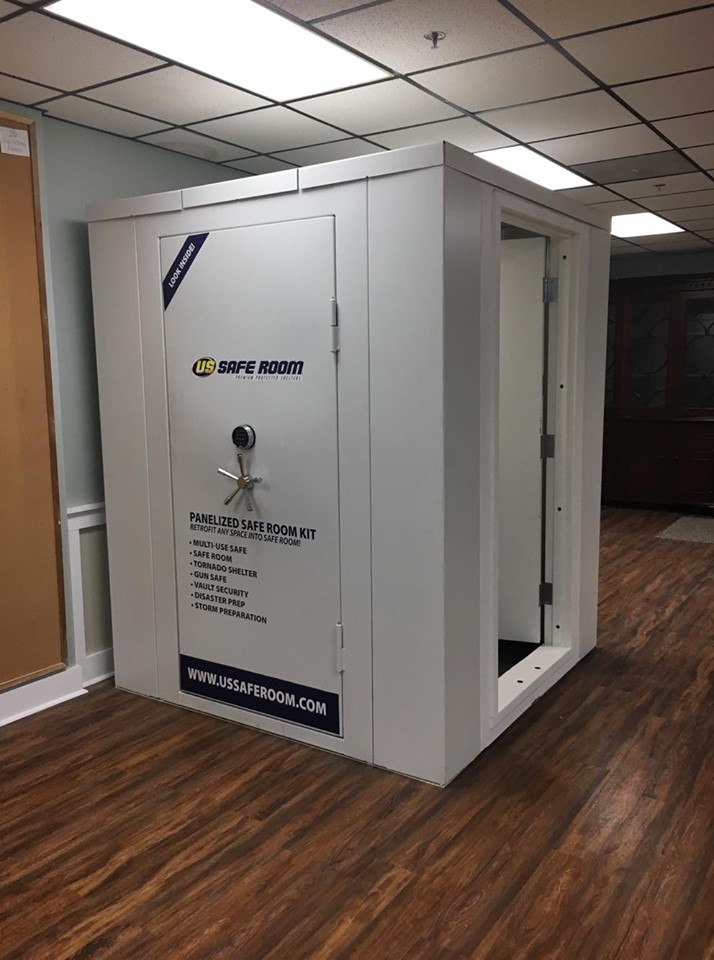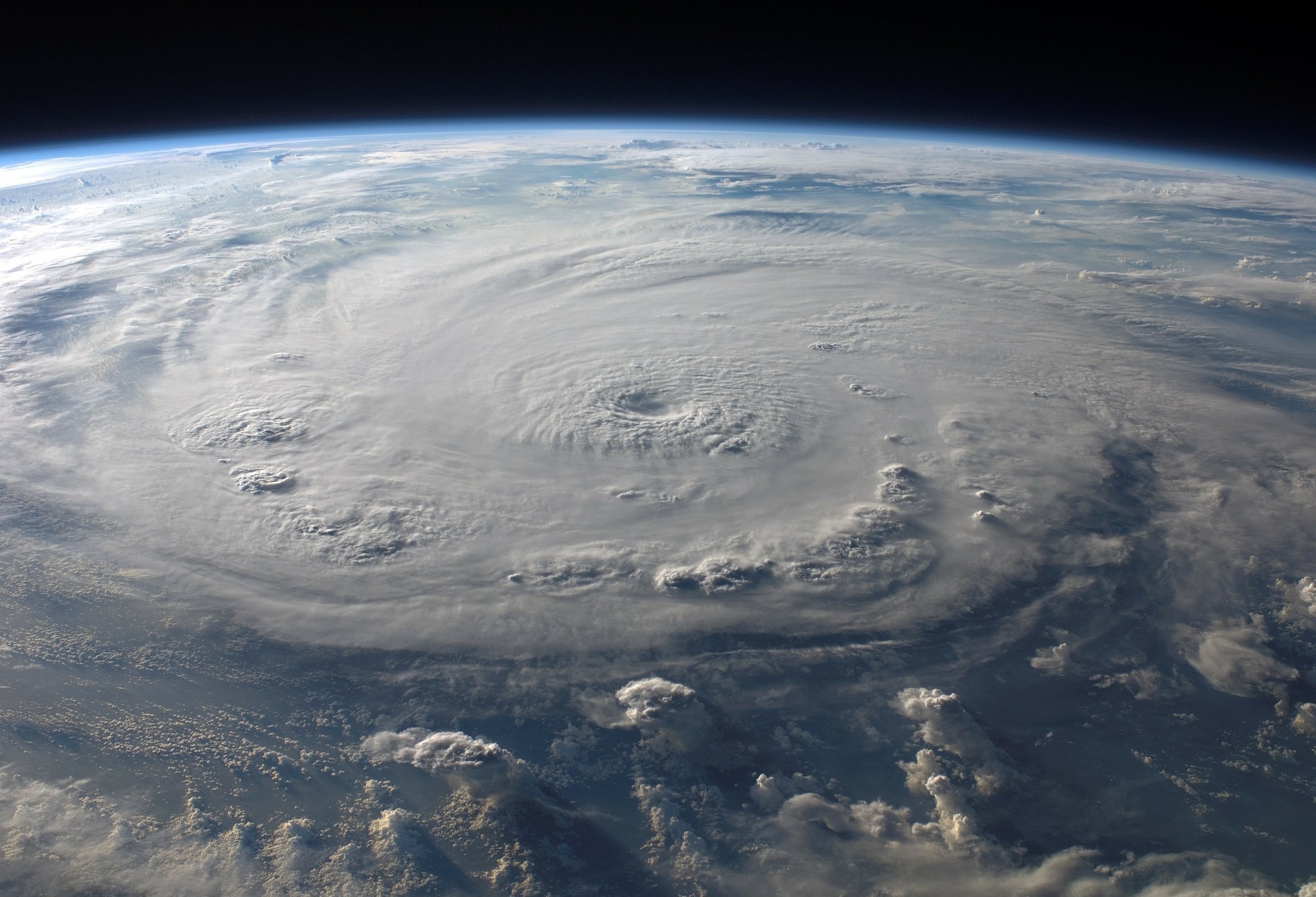The 2021 Atlantic season is running ahead of schedule. We’ve barely crest the first week in July, and we’ve already encountered our fifth named storm! On average, meteorologists aren’t contending with the first named storm of the season until August 10. To give further context to this increasing activity, the average date for the fourth named storm of the season is Aug. 23. If July is any indication of what it is to come for later stages of the storm season, we could be in for a record breaking year for hurricanes. Tropical Storm Elsa is poised to strike the Gulf Coast of Florida before later strengthening to hurricane status. As millions of residents begin to hunker down for another active hurricane season, we encourage everyone in storm prone regions to consider investing in a hurricane shelter from U.S. Safe Room.
On average, hurricanes annually cause $54 billion in damages from winds and storm related flooding. While the odds of dying in a hurricane are 1 in 62,288, many people don’t take hurricanes seriously and opt against steel protection. In an abundance of caution, many residents that find themselves in the path of an approaching storm, will simply evacuate further inland. Many residents don’t even have an option as most evacuations are mandatory by local governments. But there is always a cluster of people who will ride out the storm at home. People with disabilities or mobility issues may not have a choice and will choose to remain at home as opposed to taking their chances at a community hurricane shelter where they will be cramped and uncomfortable. Others will refuse to leave their castles out of fear that looters will target their most valuable possessions, including their pets. We ardently advocate against this mentality. Possessions can be replaced, but human life cannot.
Hurricane shelters can protect loved ones from storms’ insidious aftermath

Advanced planning can make all the difference in surviving a deadly hurricane. Unfortunately, most costal residents only have a couple of days to prepare for an oncoming storm. And while that might sound like more than enough time to escape to an unafflicted area, many of these residents simply don’t have anywhere to go and are too afraid to leave their homes. As hurricanes continue to grow in frequency and intensity, we can no longer just “batten down the hatches” and ride out the storm. Hurricanes that breach the 100 mph threshold will reduce most stick-built homes to rubble. A steel hurricane shelter from U.S. Safe Room can be easily installed into any existing home or office with minimal disturbance to your structure’s floor plan. These solid weld steel units can withstand windspeeds of more than 250 miles per hour and are impervious to ballistic rounds, so you don’t have to worry about riots or looters during the storm’s aftermath. Since residual flooding claims more lives than the actual storm itself, we recommend installing your safe room on a concrete pad or aboveground.
And flooding isn’t the only thing you have to worry about with deadly hurricanes. There are also offshoot tornadoes that are common as the bands of hurricanes lash inland. Our steel hurricane shelters were engineered to handle almost any type of catastrophic weather event, including twisters. Hurricanes also feature supercell storm lines that support already strong rotating cloud formations that precede killer tornadoes. Hurricanes’ wind-shearing capabilities and an “abrupt change in wind speed and direction” can create those signature swirling air rolls that tornadoes crave. Tornadoes and hurricanes are dueling twins that add an extra element of danger to an enduring threat of chaos.
Preparing for every conceivable threat
While most deaths from hurricanes occur within the first 12 hours of landfall, a sizeable portion of total fatalities come in the following days and weeks. Many of these deaths actually come as the result of loss of power. As storm weary residents grow increasingly desperate for the creature comforts of warmth and food, they will invariably turn to readily available alternatives such as charcoal grills and gas stoves. Ruptured gas lines and cracked heating apparatuses then release silent, but deadly volumes of poisonous carbon monoxide gas.
“About 70 people die every year and many more are injured from carbon monoxide poisoning caused by portable generators,” the Consumer Product Safety Commission warns.

You can easily incorporate a back-up generator or other type of alternative energy source to ride out prolonged periods without electricity. This will prevent insidious gas positioning or errant sparks from starting a fire. Innovative shelving options can also secure large quantities of food and water to prevent contamination and death from food-borne illness. Aboveground safe rooms and hurricane shelters are also the perfect place to store first aid and medical supplies, so you can have readily available access to disinfectants and prevent serious illness.






